On May 28, information from the Central Hospital for Tropical Diseases said that recently, this unit treated a patient with large liver flukes due to the habit of eating raw vegetables.
Accordingly, patient NTD, male, 39 years old, from Phu Yen, went to Hanoi for a follow-up examination for chemotherapy. However, the patient had a cough and fever, and an abdominal ultrasound incidentally revealed a mass in the liver. He was diagnosed with a liver abscess and transferred to the Central Hospital for Tropical Diseases for examination and treatment.
The patient had a history of acute leukemia and had received 5 chemotherapy sessions at the National Institute of Hematology and Blood Transfusion. Before going to Hanoi, the patient had a cough with phlegm, chest pain on both sides when coughing, and a fever during the day, requiring hospitalization for a week.
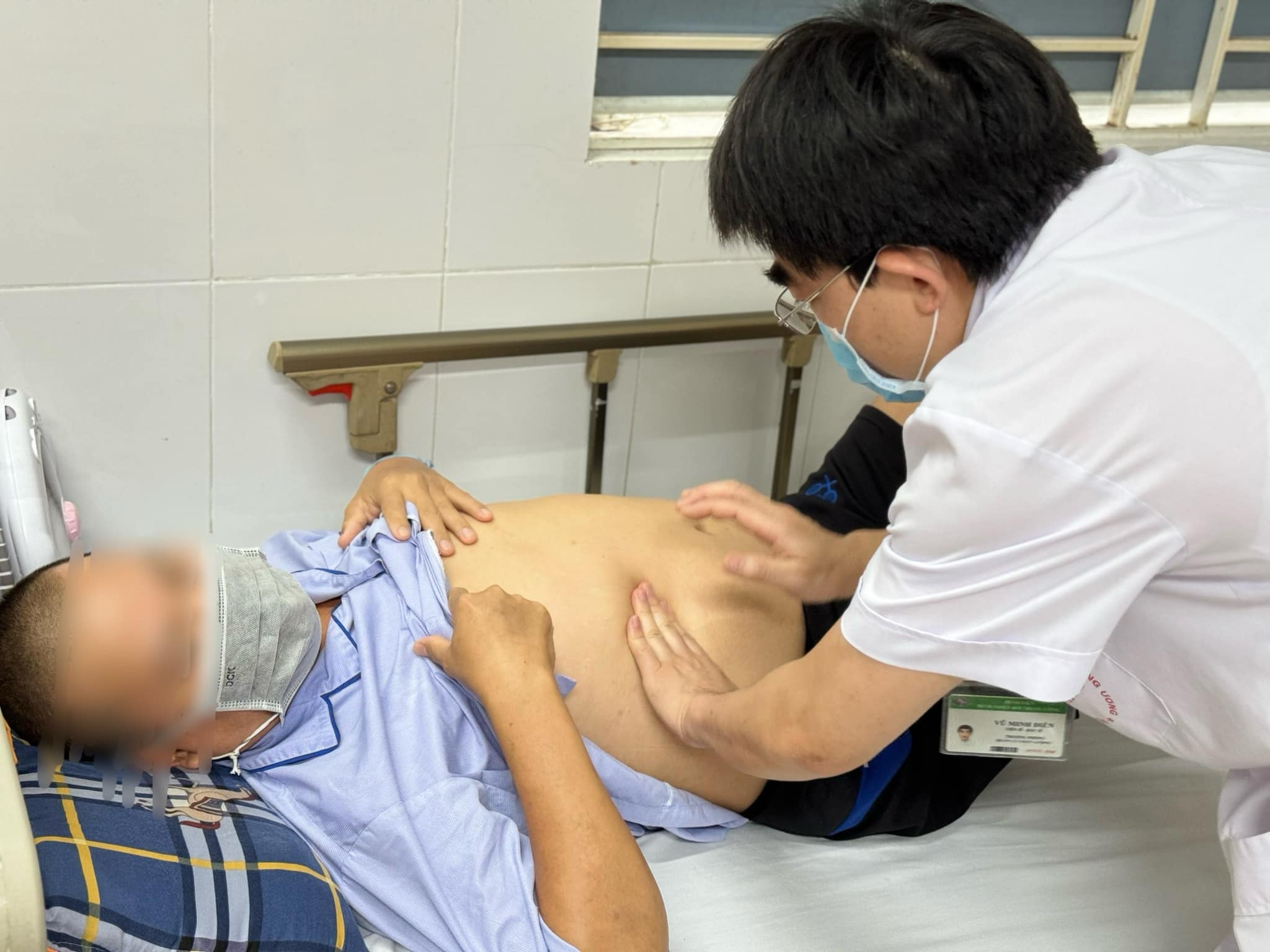
Doctors examine patients. Photo: BVCC
The patient said that he likes to eat raw vegetables, especially water spinach grown in ponds and lakes and raw Vietnamese coriander. He is addicted to grilled fish wrapped in water spinach and roasted duck or steamed duck with raw Vietnamese coriander. Even when he was being treated at the hospital in Phu Yen , the patient still regularly ate this dish.
Dr. Vu Minh Dien, Deputy Head of the Department of Internal Medicine, Central Hospital for Tropical Diseases, said that through clinical examination and patient history, doctors thought of the disease as fascioliasis when initial tests showed high eosinophils and liver MRI images were more likely to be fascioliasis.
According to Dr. Vu Minh Dien, people with liver flukes often have symptoms of dull, non-specific pain in the right hypochondrium. Patients often feel tired, full and have indigestion. Many cases do not have obvious clinical manifestations. Acute liver fluke infection can cause abdominal pain, enlarged liver, nausea, fever, hives, weight loss, etc.
" If a person is chronically infected with large liver flukes and is not treated for a long time, it can lead to complications: cholangitis; gallstones; cholecystitis; pancreatitis; biliary cirrhosis and liver fibrosis," Dr. Dien emphasized.
Doctors say that to determine whether a person has liver fluke or not, it is necessary to rely on testing techniques to find fluke eggs in the stool or blood tests to find antibodies in the patient's serum.
Habits that make it easy to get liver fluke disease
According to Dr. Vu Minh Dien, in humans, worms parasitize in the liver and gallbladder. In unusual cases, worms can parasitize in muscles, under the skin... (ectopic parasitism). Adult worms lay eggs through the bile duct into the intestines and out with the feces. The eggs go into the water, hatch into ciliated larvae and parasitize in snails, develop into tailed larvae, tailed larvae leave the snails and attach to aquatic vegetables to form cysts or swim freely in the water.
Humans or cattle who eat aquatic plants or drink water containing larvae will be infected with large liver flukes. When people eat raw aquatic vegetables or drink water contaminated with worm larvae, the worm larvae enter the stomach, go down to the duodenum, separate themselves from the shell and penetrate the wall of the duodenum into the peritoneal cavity to the liver, perforate the liver capsule and invade the liver parenchyma, causing liver damage. This is also the stage that stimulates the body to have the strongest immune response.
Liver flukes mainly parasitize liver tissue, but during the invasion stage, the flukes can migrate and cause damage to other organs such as the intestinal wall and stomach wall. After 2-3 months of invasion into the liver parenchyma, the flukes invade the bile duct to mature and lay eggs.
Here, adult worms can parasitize and cause disease for many years (up to 10 years) if not detected and treated. In the biliary tract: worms cause damage to the biliary epithelium, bile duct obstruction, inflammation and secondary biliary fibrosis; acute pancreatitis...
Experts recommend that large liver flukes are a disease related to people's eating habits and customs, so disease prevention is extremely important and necessary. People should not eat raw aquatic poisonous vegetables such as: water spinach, Vietnamese coriander, celery, watercress, water spinach...; do not drink raw water.
When suspecting infection with large liver flukes, you must go to a specialized medical facility for timely diagnosis and treatment. In particular, people who have the habit of eating vegetables that grow in water (ponds, lakes, etc.), raw or not properly processed, should go for regular medical examination and screening to detect and treat the disease promptly if any.
Source: https://giadinh.suckhoedoisong.vn/nguoi-dan-ong-39-tuoi-mang-trong-minh-o-san-la-gan-lon-vi-mon-an-ua-thich-cua-rat-nhieu-nguoi-viet-172240528103644014.htm












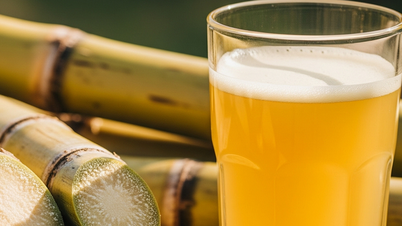



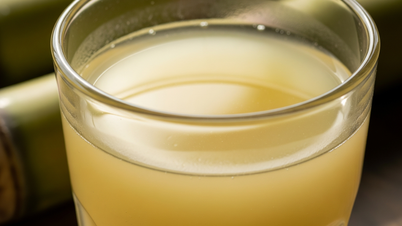









































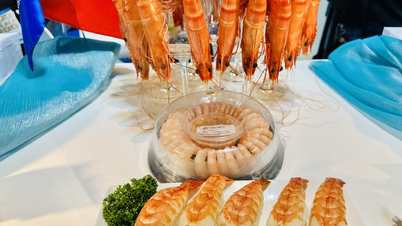
















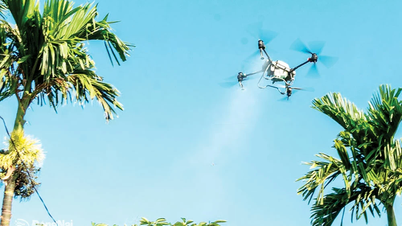











![[OCOP REVIEW] Tu Duyen Syrup - The essence of herbs from the mountains and forests of Nhu Thanh](https://vphoto.vietnam.vn/thumb/402x226/vietnam/resource/IMAGE/2025/6/5/58ca32fce4ec44039e444fbfae7e75ec)







Comment (0)